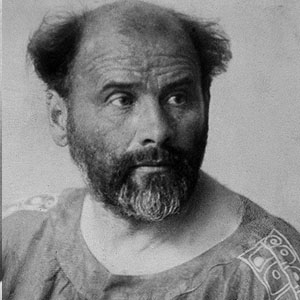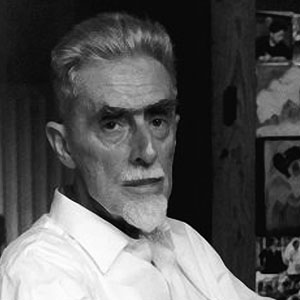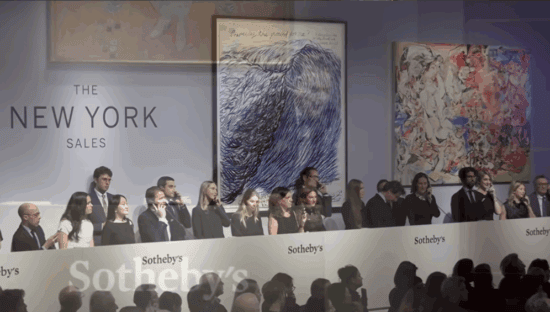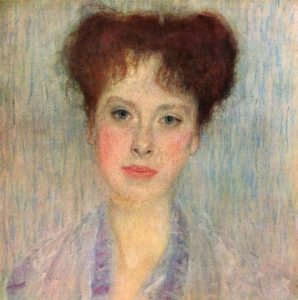
Austrian painter and graphic artist, the first President of the Vienna *Sezession. Early in his career Gustav Klimt was highly successful as a painter of sumptuous decorative schemes in the grandiose tradition of *Makart, whose staircase decoration in the Kunsthistorisches Museum in Vienna Klimt completed after Makart's death in 1884. In this and other schemes, he worked in collaboration with his brother Ernst (1864-1892) and Franz Matsch (1816-1942), who had been fellow students at the Kunstgewerbeschule (School of Applied Art) in Vienna. In spite of his official academic successes, Klimt was drawn to avant-garde art, and he came under the influence of *Impressionism, *Symbolism, and *Art Nouveau. Discontent with the conservative attitudes of the Viennese Artists' Association led him and a group of friends to resign in 1897 and set up their own organization, the Sezession, of which he was elected President. His role as a leader of the avant garde was confirmed when his allegorical mural paintings for Vienna University on the themes of Jurisprudence, Medicine and Philosophy aroused great hostility, being called nonsensical and pornographic. (Klimt abandoned the commission in 1905 and the paintings were destroyed by fire in 1945.)
Although official commissions dried up after this he continued to be much in demand with private patrons, as a portraitist as well as a painter of mythological and allegorical themes. He was highly responsive to female beauty (he was a great womanizer) and in both his portraits and his subject pictures he stresses the allure and mystery of womanhood. Notable examples are the magnificent full-length portrait of Emilie Floge (his sister in-law and mistress) in the Historisches Museum der Stadt, Vienna (1902) and Judith I (Osterreichische Galerie, Vienna, 1901), one of the archetypal images of the femme fatale. Characteristically, die figures in Klimt's paintings are treated more or less naturalistically but embellished-in the background or their clothing-with richly decorative patterns recalling butterfly or peacock wings, creating a highly distinctive style of extraordinarily lush sensuality. He had the opportunity to show his outstanding decorative gifts in a different vein in the major commission of his later years-the mosaic designs (executed 1909-1911) for the dining-room of the Palais Stoclet in Brussels, a luxury home built at huge expense for the Belgian millionaire Adolphe Stoclet. Klimt's work was particularly influential on *Kokoschka and *Schiele.
Chilvers, Ian, and Farr, Dennis, The Oxford Dictionary of Art, Oxford University Press, Great Clarendon Street, Oxford, 1997.




